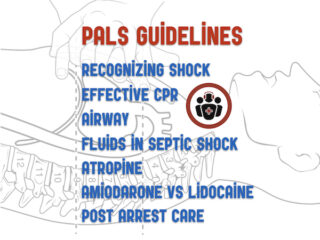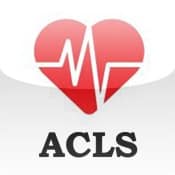Ep 155 Treatment of Bradycardia and Bradydysrhythmias
In Part 1 of our 2-part series on bradycardia and bradydysrhythmias we discussed a practical approach with electrophysiologist Paul Dorian and EM doc Tarlan Hedayati. In this, part 2, we discuss details of treatment. We answer questions such as: When should pacing be prioritized over medications and vice versa? What are the latest recommendations about dosing of atropine and when is atropine likely to be detrimental? How is the treatment of bradycardia different in the patient with hypothermia? Cardiac ischemia? Myxedema coma? AV nodal blocker overdose? What are the most common pitfalls in utilizing transcutaneous and transvenous pacing? and many more...



